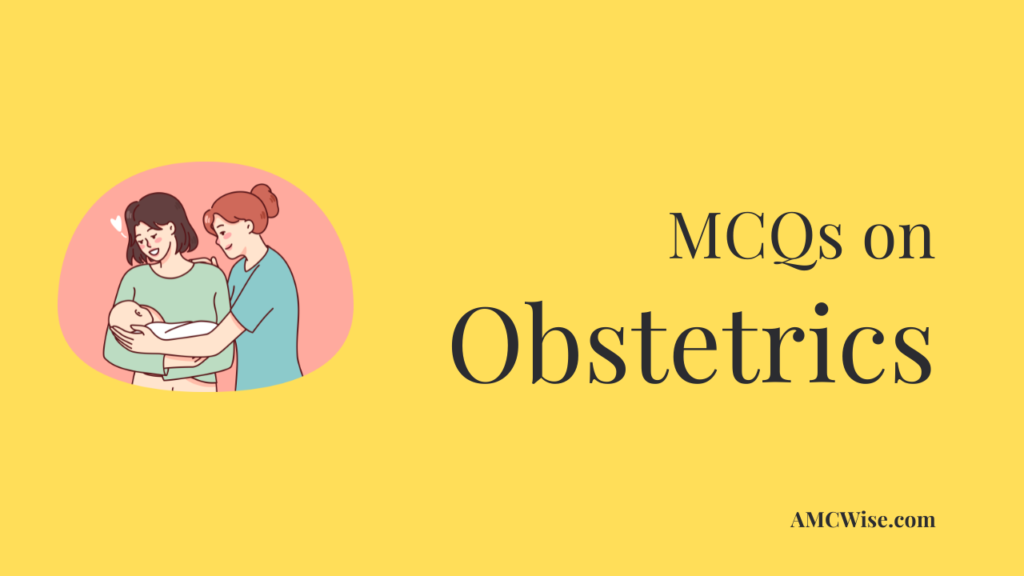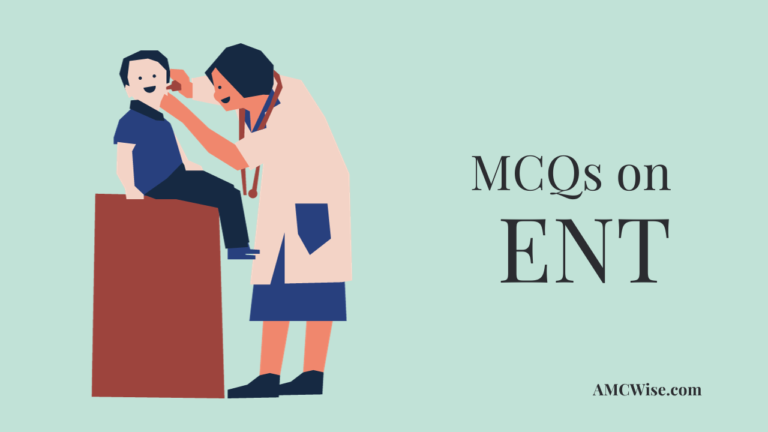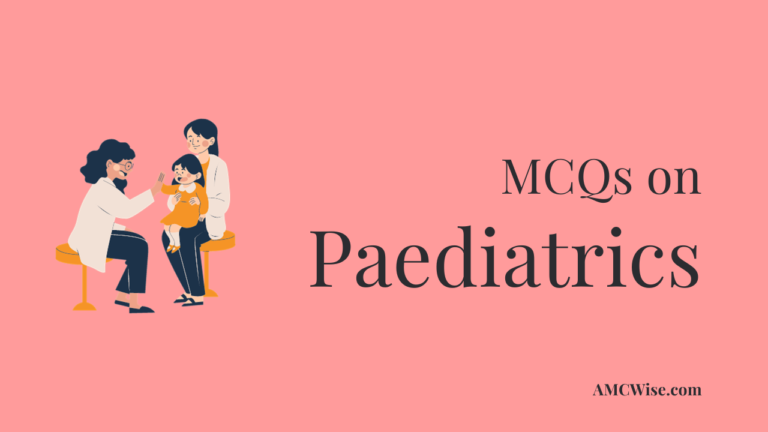Obstetrics MCQs for AMC Part 1 Exam

Question 3501-1
A 32-year-old breastfeeding woman presents to the obstetrics clinic with localized breast pain, redness, and swelling in her left breast. On examination, there is warmth and tenderness over the affected area, and she has a low-grade fever. There is no evidence of nipple abnormalities or breast masses. The patient denies any recent trauma to the breast but reports feeling generally unwell. What is the most likely diagnosis?
- A) Ductal Ectasia
- B) Breast Abscess
- C) Fibrocystic Breast Changes
- D) Inflammatory Breast Cancer
- E) Bacterial Mastitis
Question 3501-2
A 28-year-old breastfeeding woman complains of localized breast pain and redness in her right breast. On examination, there is warmth and tenderness over the affected area, and the patient has a low-grade fever. There are no nipple abnormalities, and she denies trauma to the breast. The patient is otherwise healthy, with no history of breast surgery. What is the most appropriate initial management for this condition?
- A) Prescribe oral Flucloxacillin
- B) Surgical drainage of the abscess
- C) Cold compresses and pain relief
- D) Discontinuation of breastfeeding
- E) Topical antifungal cream
Question 3501-3
A 30-year-old breastfeeding woman presents with persistent localized breast pain and swelling in her left breast. Despite completing a course of antibiotics for bacterial mastitis, her symptoms have not improved. On examination, there is a palpable, tender, fluctuant mass in the upper outer quadrant of the left breast. The overlying skin is erythematous, and the patient has a low-grade fever. What is the most likely next step in management?
- A) Adequate pain relief with analgesics
- B) Switching to a different class of antibiotics
- C) Discontinuation of breastfeeding
- D) Needle aspiration of the lump
- E) Cold compresses and pain relief
Question 3501-4
A 29-year-old breastfeeding woman complains of persistent breast pain and nipple discomfort in both breasts. On examination, there is erythema, shiny or flaky skin on the nipples, and deep breast pain during feeding. The infant has a white coating on the tongue but is otherwise healthy. The mother reports no improvement with previous antibiotic courses. What is the most likely cause of her symptoms?
- A) Bacterial Mastitis
- B) Breast Abscess
- C) Ductal Ectasia
- D) Candida Mastitis
- E) Inflammatory Breast Cancer
Question 3501-5
A breastfeeding mother presents with deep breast pain, erythematous nipples, and her infant has oral thrush. Despite previous unsuccessful courses of antibiotics, you suspect Candida mastitis. What is the most appropriate initial pharmacological treatment the mother?
- A) Cephalexin
- B) Fluconazole
- C) Amoxicillin-Clavulanate
- D) Clindamycin
- E) Azithromycin
Question 3501-6
A breastfeeding woman is diagnosed with Candida mastitis. In addition to oral fluconazole for the mother, what topical treatment is recommended for the nipples to alleviate symptoms and aid in the resolution of Candida infection?
- A) Hydrocortisone cream
- B) Mupirocin ointment
- C) Miconazole gel
- D) Silver sulfadiazine cream
- E) No topical treatments are recommended
Question 3501-7
A 3-month-old infant is diagnosed with oral thrush as a result of Candida mastitis in the breastfeeding mother. What is the appropriate pharmacological treatment for the infant to address the oral thrush?
- A) Oral amoxicillin
- B) Topical hydrocortisone gel
- C) Oral nystatin drops
- D) Oral fluconazole
- No treatments is needed
Question 3502-1
A 28-year-old primigravida at 38 weeks of gestation is in the labor and delivery unit with prolonged, and obstructed labor. She has been in labor for 18 hours and has made minimal progress despite good contractions. On examination, her cervix is fully dilated, and the fetal head is engaged but remains high in the pelvis. The fetal heart rate tracing is reassuring. What is the next step in the management of this patient?
- A) Immediate cesarean section
- B) Trial of vacuum extraction
- C) Augmentation with oxytocin
- D) Continue conservative management
- E) Forceps delivery
Question 3503-1
A 28-year-old pregnant woman presents to her obstetrician at 8 weeks into her pregnancy. She has no significant past medical history and denies any symptoms. Screening tests reveal a positive VDRL test. The patient has no known history of syphilis or previous treatment for the infection. Which of the following is the most appropriate next step in managing this patient?
- A) Initiate treatment with benzathine benzylpenicillin G
- B) Termination of pregnancy
- C) Monitor the VDRL titer throughout pregnancy
- D) Administer benzathine benzylpenicillin G prophylaxis to the newborn
- E) Educate the patient about safe sexual practices
Question 3504-1
A 32-year-old pregnant woman at 38 weeks of gestation presents to the labor and delivery unit with ruptured membranes and is in labor. She has no known allergies and no significant medical history. Her prenatal care has been unremarkable. A prenatal culture at 36 weeks of gestation was positive for Group B Streptococcus (GBS). What is the most appropriate next step in the management of this patient?
- A) Administer intravenous ceftriaxone
- B) Administer intravenous ampicillin and gentamicin
- C) Perform a cesarean section
- D) Initiate intravenous penicillin G prophylaxis
- E) No need to actively manage the GBS infection in this patient





